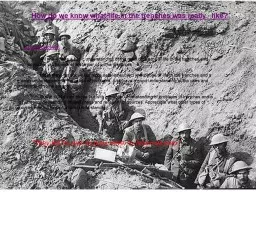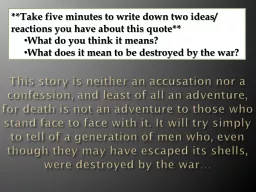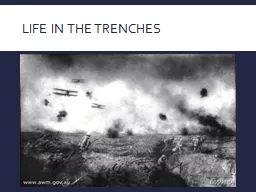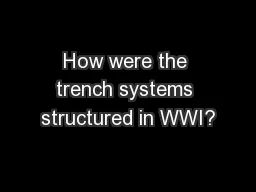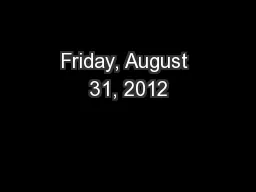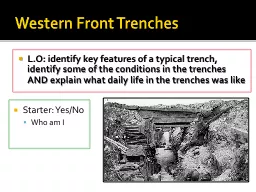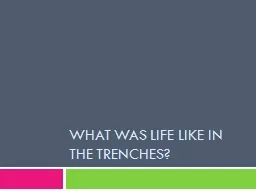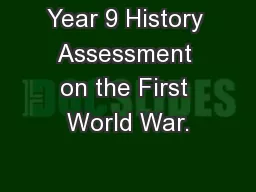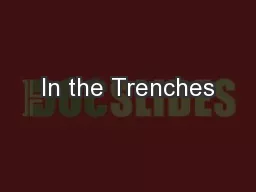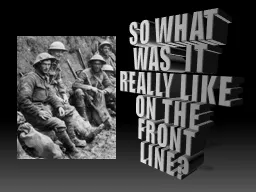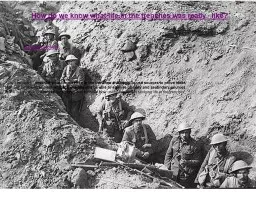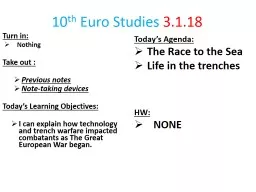PPT-How do we know what life in the trenches was really like?
Author : debby-jeon | Published Date : 2018-03-09
Lesson objectives They left for war as boys never to return as men All will have a basic understanding of the main problems of life in the trenches and considered
Presentation Embed Code
Download Presentation
Download Presentation The PPT/PDF document "How do we know what life in the trenches..." is the property of its rightful owner. Permission is granted to download and print the materials on this website for personal, non-commercial use only, and to display it on your personal computer provided you do not modify the materials and that you retain all copyright notices contained in the materials. By downloading content from our website, you accept the terms of this agreement.
How do we know what life in the trenches was really like?: Transcript
Download Rules Of Document
"How do we know what life in the trenches was really
like?"The content belongs to its owner. You may download and print it for personal use, without modification, and keep all copyright notices. By downloading, you agree to these terms.
Related Documents

